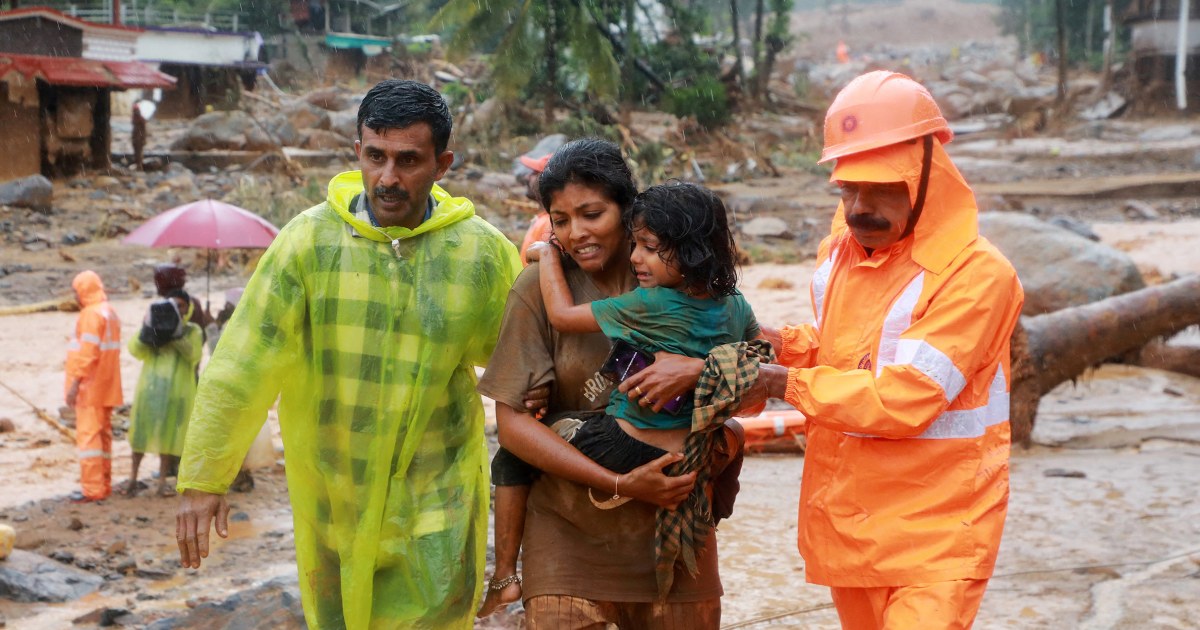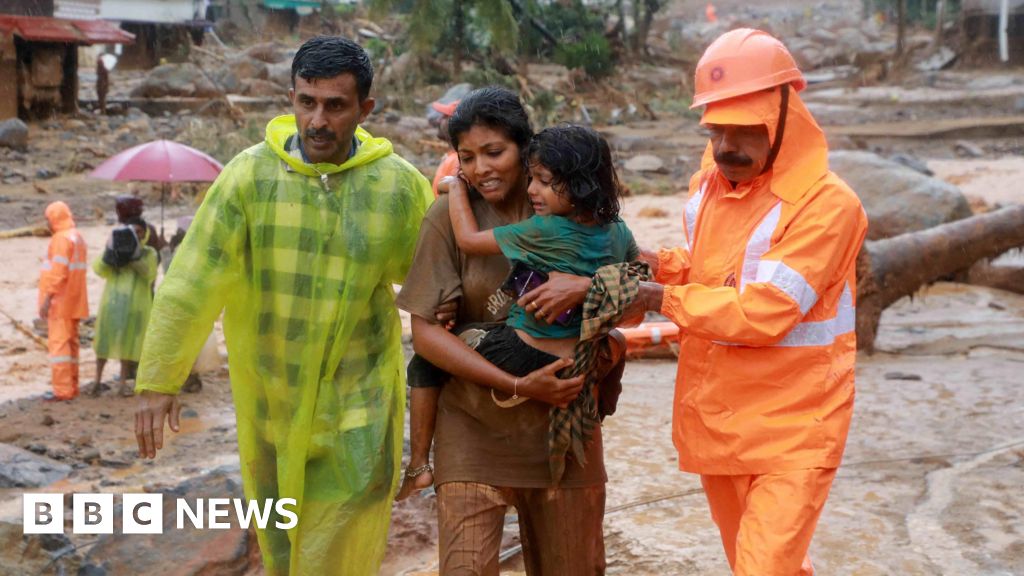
A series of devastating landslides hit the Wayanad district in Kerala, India on July 30, 2024, leaving at least 66 people dead and many more missing. The landslides were triggered by heavy rains that caused widespread destruction in the hilly areas of Mundakai and Chooralmala. Rescue operations are ongoing with teams from the National Disaster Response Force (NDRF), Indian army, and Air Force working to pull out people trapped under the debris.
The Wayanad tragedy is not an isolated incident. India has a long history of devastating landslides that have claimed thousands of lives. One such incident was the Kedarnath landslide in Uttarakhand in 2013, which killed over 5,000 people and caused severe damage.
Another tragic incident occurred in Maharashtra's Malin village in 2014, where a landslide killed 151 people and destroyed over 40 houses. In Meghalaya's Shillong in 2011, a landslide killed over 20 people and injured several others.
Kerala is no stranger to such disasters. In Kottayam district in 2019, a landslide caused by excessive rainfall and soil erosions killed at least 15 people. Manipur also experienced devastating landslides in 2022 that killed over 40 people and injured many more.
The Indian Meteorological Department has put Kerala on alert as the state is currently being lashed by heavy rains, which have disrupted life for many and caused extensive damage. Schools have been closed in some parts of the state due to the intense rain, which has been going on for days.
India regularly experiences severe floods during the monsoon season, which runs between June and September and brings most of South Asia's annual rainfall. The rains are crucial for rain-fed crops planted during the season but often cause extensive damage.
Rescue operations are ongoing in Wayanad, with many people still trapped under the debris. The death toll is expected to rise as more bodies are recovered. Our thoughts go out to those affected by this tragedy.



